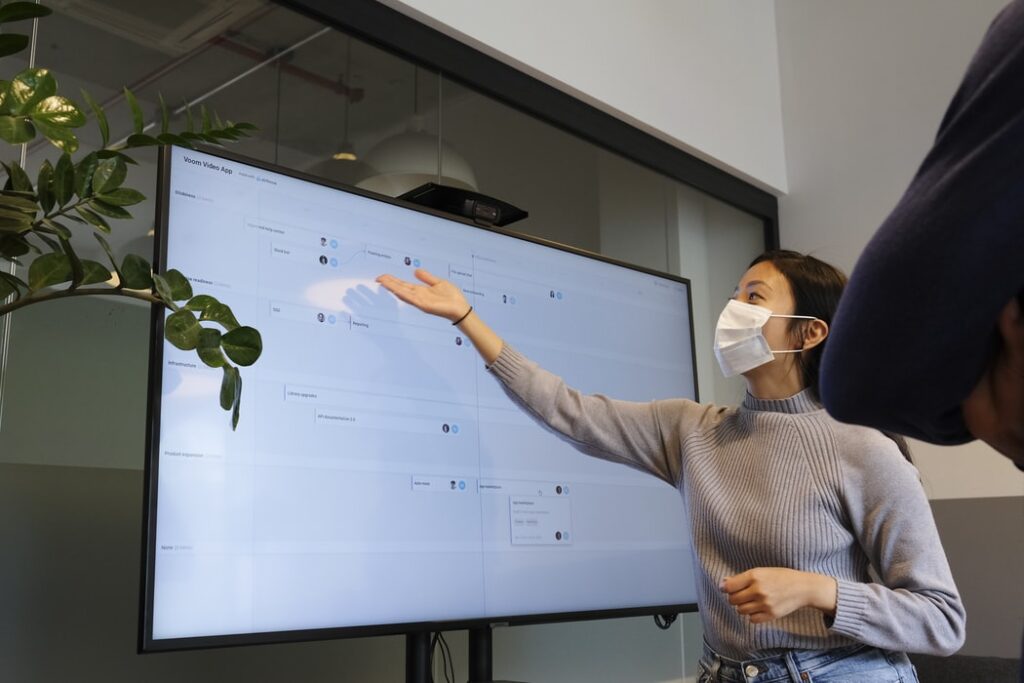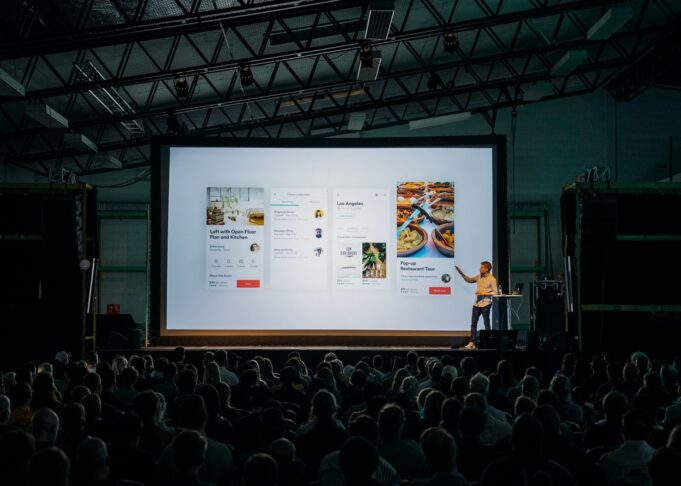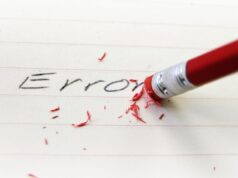As a rule, working on a presentation takes a lot of time and effort. Especially if you don’t have the skills of a professional designer. In this article, we share simple tips on simplifying this process and preparing high-quality slides on time.
How to decorate your presentation beautifully?
Before moving on to specific tips, we would like to make a small digression. Some people prefer to use BestCustomWriting services, but those who want to create content should start with getting basic writing skills. Most people who need to make presentations are not designers and do not know how to draw, while all of their Photoshop skills are limited to commonplace basic actions.
Discard ready-made templates
They are soulless, dull, and everyone is already wildly tired of them. Better create something of your own. Moreover, now it is not necessary to have design skills for this. There is a large number of programs and services that will do all the work for you.

Use a good color combination
Good design should be discreet and consistent. To make your work feel like a coherent project, use the same set of colors in your slides. Choose a few primary colors (preferably no more than two) and a few accent colors. Avoid random colors and unexpected color transitions. The color should attract but not distract from the main thing – the content. See more information here.
If what is said above is not entirely clear to you, and you still do not know what colors to choose, use the resource flatuicolorpicker.com. This is a site with very trendy and juicy combinations. To copy the code of the color you like, select the required format (RGBA, RGB, HEX, or CMYK) and click on it with the left mouse button.
Avoid low-quality stock images
The picture must always correspond to the text. Illustrations confirm the information on the slide. It is perceived and remembered several times better than ordinary text. Use visuals to cut down on the text and try to explain your idea without using words.
Do not download banal pictures from search engines and photo stocks. Business people shaking hands, women in the bathroom, smiling at a salad, a mountain climber, and other clichés look insincere and cheap. Please don’t use them. Better spend more time searching and find images that are exciting to look at. Choose live footage showing real life and real people. Such illustrations are much more honest and credible and get more attention. Use only high-quality images. Look for pictures in HD quality with a resolution of at least 720p (1280×720). Good quality photos can be found on different photo hosting sites such as Unsplash and Flickr.
Choose fonts for your project
Pay close attention to typography as it can influence how your audience understands your “message.” Correctly selected fonts and customized layout will make the project visually more elaborated, high-quality and elegant. What’s more, the job of good typography is to make the text easy to read. This directly affects how well your audience will perceive the material. Strive for consistency, do not use more than two different font families in the same project.
Use icons
Icons are great for diluting information and decorating a slide. Sometimes they can replace text, which saves space on the slide and builds a more interesting composition. And icons also speed up the perception of information, as they are read faster than text and help focus on key points.
Check the quality of the layout and alignment
Your presentation should look neat and clean. It will look messy and unprofessional if the elements are not aligned, the padding on each slide is different, and the same type of elements change in size. Pay attention to the layout. Think about how best to arrange the elements on the slide so that the information is easy to read and there is enough free space. Always use alignment and spreading tools. You should not place elements relying on intuition.
The most common problems and mistakes in the design of a presentation
There is a lot of taste in design. Maybe among your audience, there will be a person who hates the blue color. Or the zealous esthete who sees Arial as a pathetic counterpart to Helvetica. It is impossible to please everyone. But you can avoid obvious oversights and make your presentation at least understandable for everyone and enjoyable for the majority. Let’s take a look at the most common mistakes in the slide design.

There is no uniform style
Presentation templates were not invented in vain. Without them, there would be real chaos for some. It is visual unity that helps people remember your presentation and distinguish it from others. And without a standard template, it is more difficult to perceive information: the viewer gets used to the location and size of texts and pictures because the layout’s unpredictability disorients him.
No visual hierarchy
The presentation is a summary of the speaker’s speech. The most convenient notes are not solid text but structured ones. With subheadings, paragraphs, tables. If you do not separate the information into the primary and secondary, the slide will most look funny. Different information messages require a different structure. If you have a lot of numbers, it should be a table or graph. If equivalent, these should be bulleted lists, and if sequential items, there should be numbered lists. Short paragraphs are also the case when they contain a consistent narrative.
You can also build a visual hierarchy using fonts. More giant and bold letters are usually chosen for the heading. Important information in the text can also be in bold, secondary information in italic. You shouldn’t mark random parts of sentences with a marker or italics unnecessarily. But if the information can be divided into groups or lists, make sure you do it.

Difficulty reading the text
Ease of reading is essential for any presentation. To do this, the words must stand out well against the background. The inability to make out some words distracts from the speech and annoys the audience a lot. The easiest way to make text readable is to choose a solid, contrasting background and large print.
Too much information
Sometimes the text on a presentation slide is just too long. Then he is cramped on the slide, and the listener is immersed in reading for a long time and is distracted from the speech. We need to work here simultaneously with the design and text: remove repetitive pronouns and useless words that do not give us specific new information. The speaker will show all the details in the paints, and only the most important things should be put on the slide.
Findings
Good design makes information more accessible. If in doubt about your slides’ designs, show them to your grandmother, child, or friend who doesn’t understand the topic. What are the main theses in the text? What do the graphs, diagrams, and illustrations show? What mood does the presentation inspire, and what does it call for? If any viewer can answer these questions, then you managed to avoid blunders. The better the design of your slides, the more likely you are to impress colleagues, investors, or clients.
















